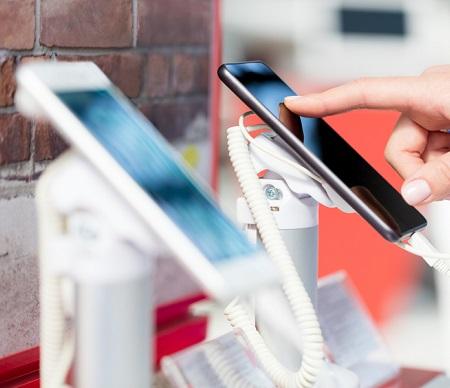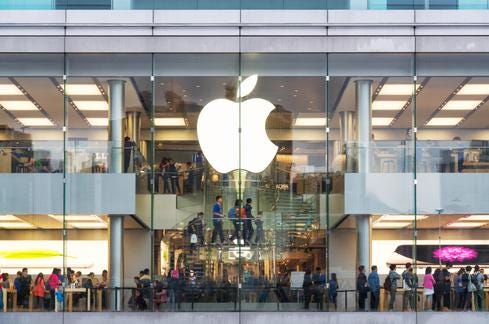IDC: Samsung Leads Smartphone Market, iPhone Shipments DeclineIDC: Samsung Leads Smartphone Market, iPhone Shipments Decline
In the second quarter of this year, total smartphone shipments were essentially flat compared to the same period in 2015, according to a new report from IDC. Samsung and Apple still lead the market.


9 iPhone SE Alternatives That Are Cheaper
9 iPhone SE Alternatives That Are Cheaper (Click image for larger view and slideshow.)
Smartphone manufacturers shipped a total of 343.3 million devices worldwide in the second quarter of 2016, essential flat compared to numbers from the same period in 2015, according to a July 28 report from IDC.
Though Samsung and Apple retained their positions as the top two smartphone makers in the world, iPhone shipments suffered a 15% year-over-year decline, while the success of Samsung's Galaxy S7 and Galaxy S7 Edge flagship handsets helped secure the South Korean company's lead.
Apple shipped 40.4 million iPhones in the second quarter, down from the 47.5 million units shipped in the second quarter of 2015, while Samsung shipments rose 5.5%, from 73 million to 77 million.
Apple's introduction of the lower-cost SE -- billed essentially as an iPhone 6s in a 5s body -- helped reduce the overall average selling price (ASP) for an iPhone in the quarter.
The ASP for an iPhone in the second quarter of 2016 was $595, down around 10% from $662 one year ago. The IDC report also noted that Apple saw strong sales in both established and emerging markets due to the launch of the iPhone SE.
"Outside of Samsung's Galaxy S7 flagship, a majority of vendors, including Apple, have found success with more affordable models compared to their flagship handsets," Anthony Scarsella, IDC research manager for mobile phones, wrote in a statement. "As smartphone prices continue to drop and competition escalates at the high-end, vendors will need to continue to push flagship-type devices at affordable price points to encourage upgrading on a more frequent basis."
Thanks to strong domestic sales and even stronger European sales, Chinese smartphone maker Huawei saw year-over-year shipments jump nearly 9%, to 32.1 million in second quarter 2016 from 29.6 million in the same period last year.
The report noted the company's premium lineup of smartphones, such as the P9 and Mate 8 handsets, also pushed 25% of the quarter's volume to the high-end, which IDC defines as smartphones costing $500 to $600.
[Read about Apple's latest quarterly report that saw iPhone sales decline again.]
"With Huawei number one in China at the moment, Huawei's remaining challenge will once again be penetrating the U.S. market at the high-end to compete with both Samsung and Apple," the report noted.
Landing in fourth place was OPPO, which thanks to aggressive marketing and strong demand for the R9, saw shipments grow an impressive 136.6% --the highest rate of growth among the Top Five.
The company, which does particularly well in Tier 3 to Tier 5 cities in China, shipped 22.6 million handsets in the second quarter of 2016, up from under 10 million in the same period last year.
Rounding out the top five was Chinese OEM vivo, which saw shipments jump 80%, to 16.4 million in the second quarter of this year from 9.1 million in the second quarter of 2015, thanks in part to the celebrity endorsement of popular South Korean star Soon Joong Ki, who is popular in China.
"Interestingly enough, our early findings show low-end Chinese OEMs that predominantly built their business domestically in China are having success penetrating non-China markets, despite low-end competition from local brands already in place," Ryan Reith, program vice president with IDC's Worldwide Quarterly Mobile Device Trackers, wrote in a statement.
About the Author
You May Also Like






